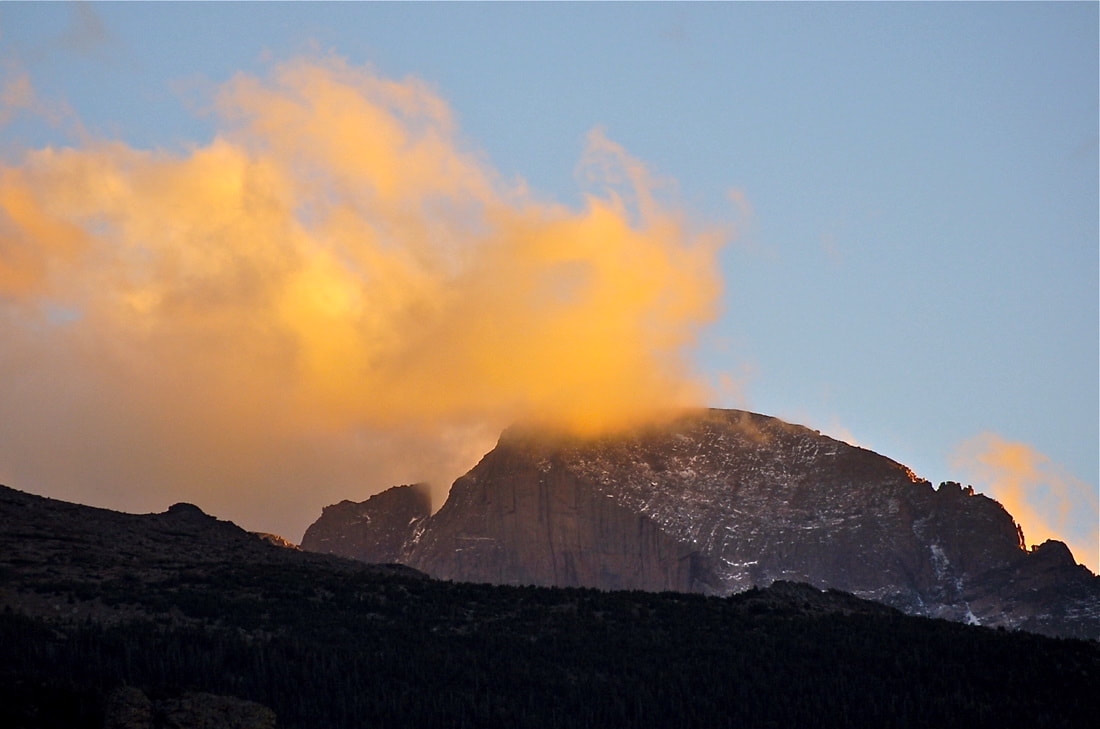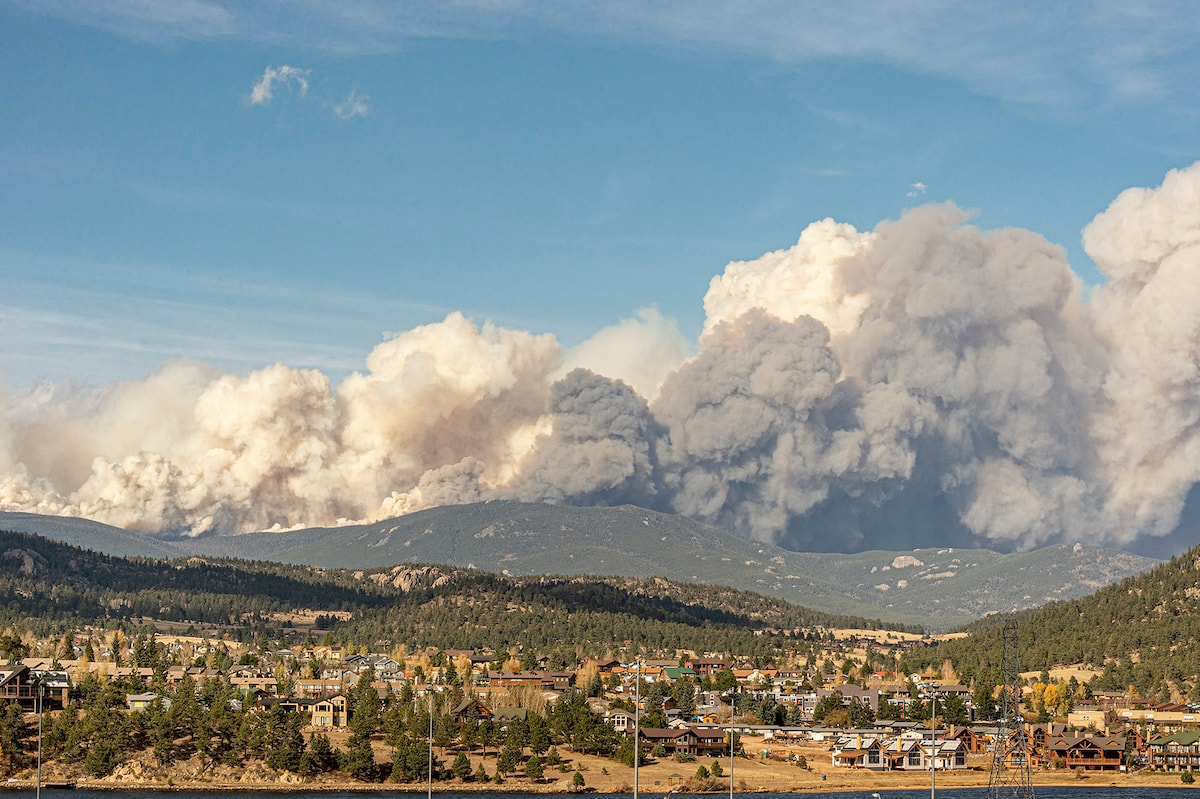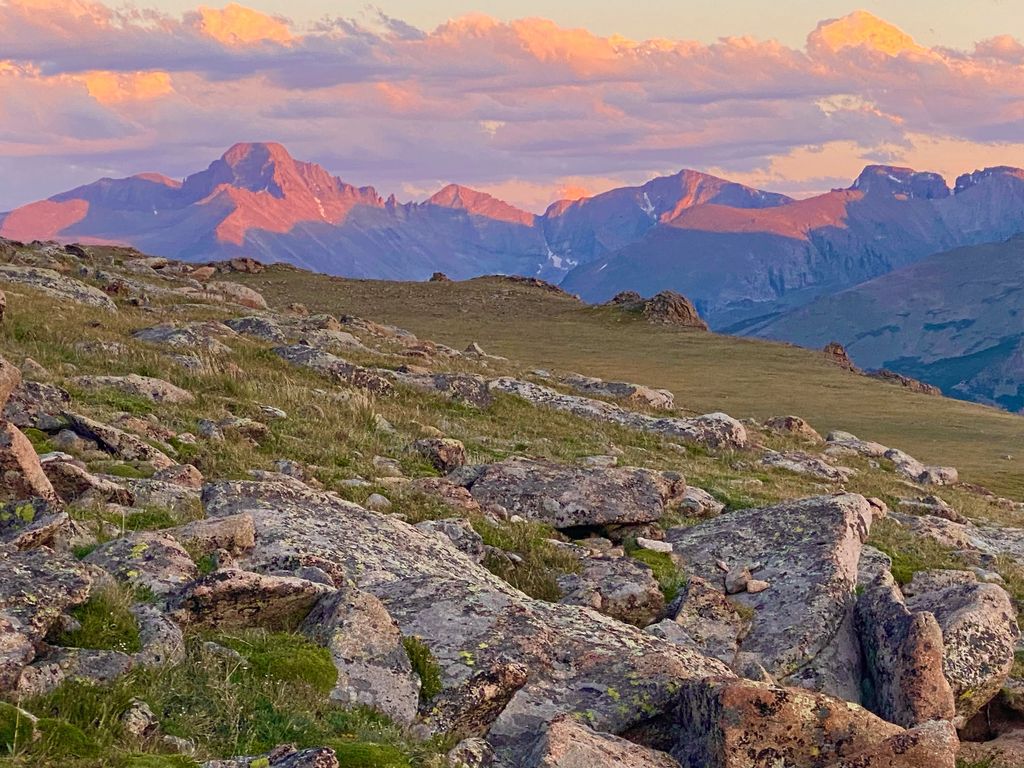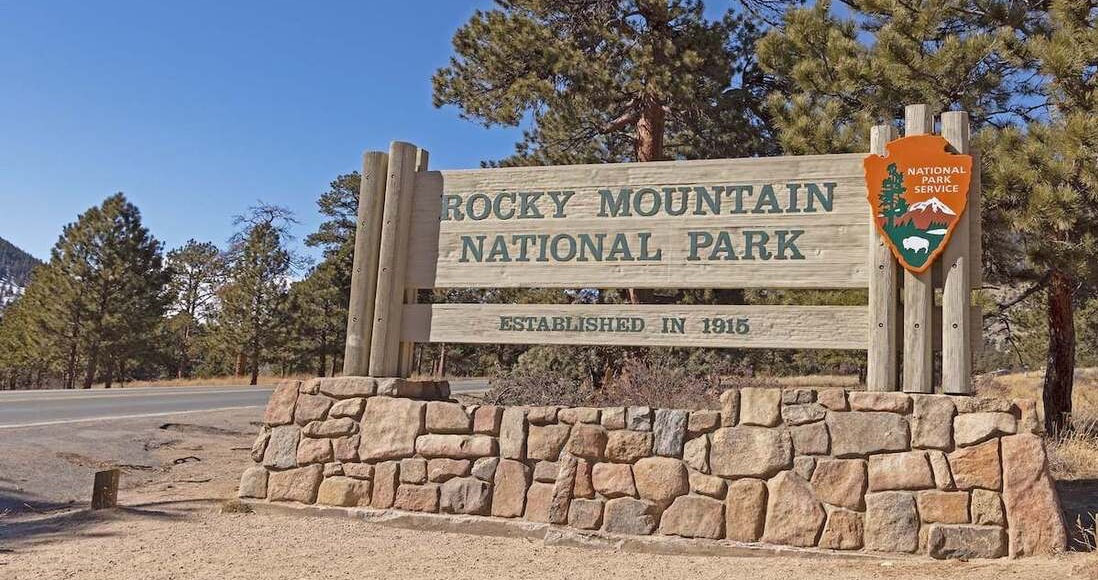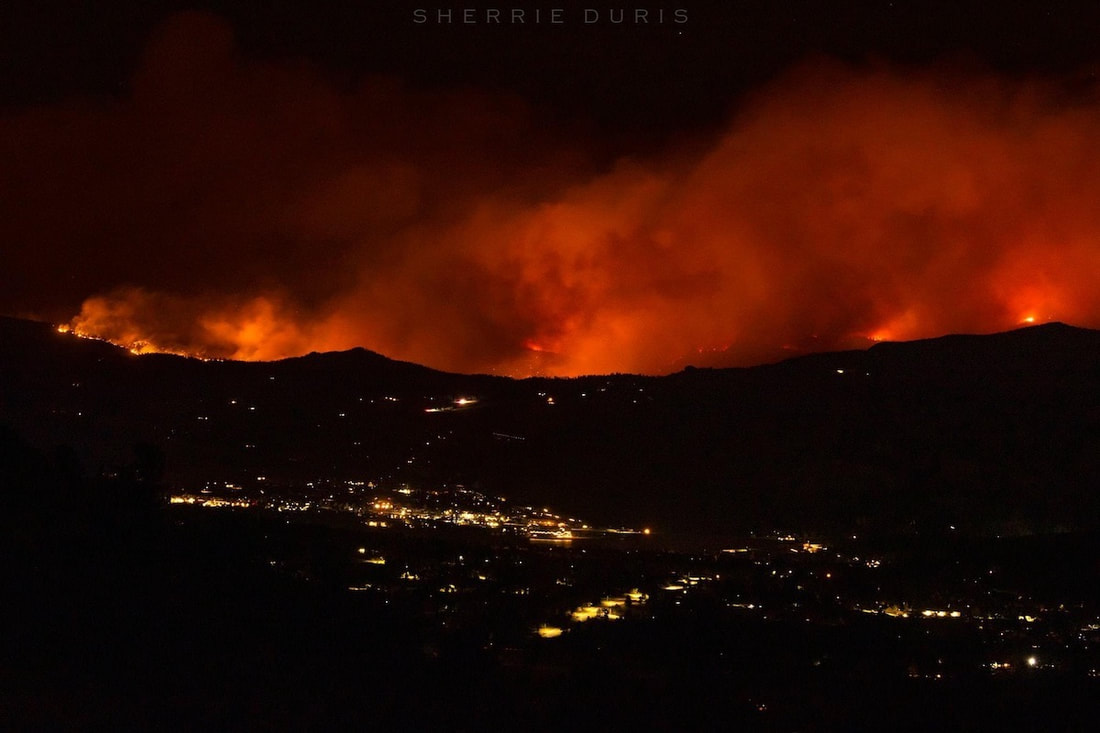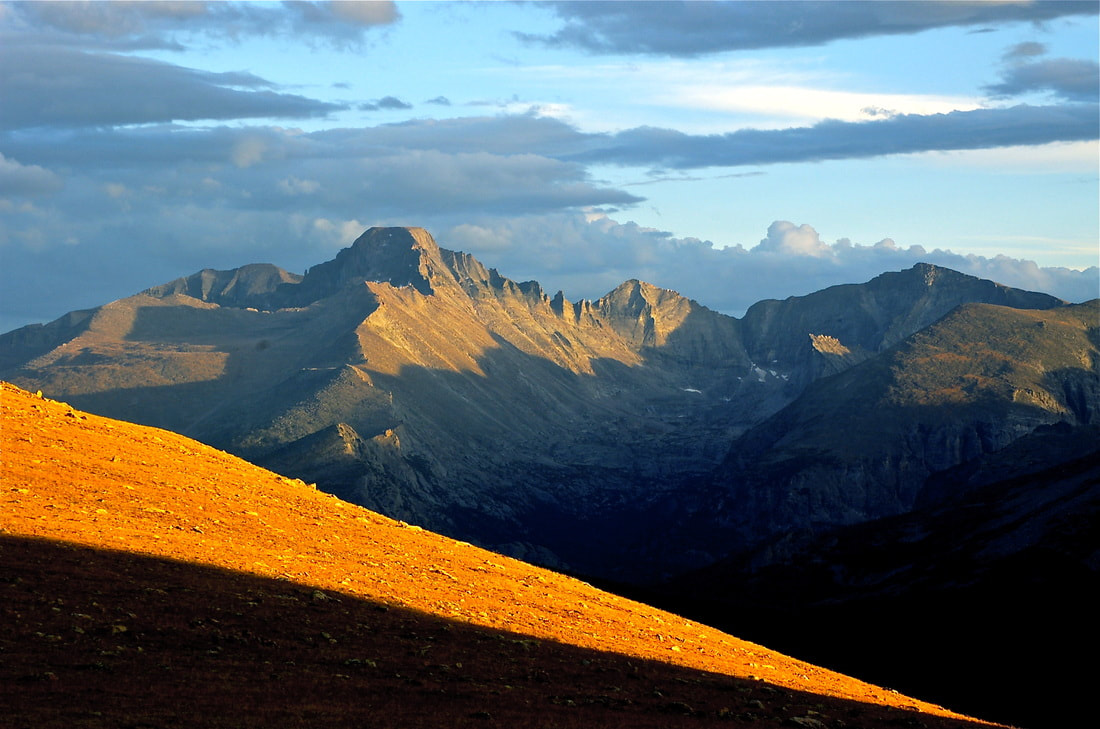|
When October Comes When October comes to Rocky Mountain National Park (RMNP) it is hard to know even where to begin. I believe there is a supernatural clarity in the autumn air. Seeing further and in greater detail is no exaggeration. Perhaps it’s only my imagination due to the season and the amazing fall colors. The brisk sweater weather mornings that give way to warm sunshine-on-your-back afternoons brings such a gratitude for life. Where in the world are such stunning landscapes so readily available that includes such ideal autumn temperatures? Nowhere. Or perhaps it’s my imagination due the season… The October light in RMNP is so different at this time of year even more so than any other time of the year. The earth tilts towards a winter solstice but before that arrives shadows stretch across the landscape. Hidden drainages and towering rock formations take on new perspectives. The familiar, in this October light and shadow, become new again as if seen for the very first time! Maybe it’s just my imagination… After an October rain shower (which can be an October snow storm at elevation) trails become soft and damp and aromatic with wet pine and decomposing leaves. Walking as quietly as a deer, or as stealthy as a wolf, you can feel an intimate connection to our natural world as it quietly drifts towards hibernation. However, I could be imagining things… Daylight in October becomes noticeably less. The lack of daylight, however, is made up for with pink sunrises and pumpkin colored sunsets. Those of us who hit the trails early and stay late to witness these beginnings and endings to the day feel no disappointment - only the deep satisfaction of being witness to Rocky Mountain National Park in October. And that is not hard to imagine at all. ~ M.Selleck By Dawn Wilson, Dawn Wilson Photography In August 2020, the Cameron Peak Fire started north of Rocky Mountain National Park. On the sunny summer day of August 13, 2020, the fire broke out near Chambers Lake in Roosevelt National Forest. The conditions were ripe for a wildfire to quickly spread, with low humidity, high winds and large amounts of dry forest fuel in the area. By the end of August, the fire was 23,022 acres, only 5% contained and burning east. Residents of Estes Park and Glen Haven became concerned that the fire, which was burning timber in the area of Poudre Canyon west of Fort Collins but only a few miles north of Estes Park, may spread south into the valley. The high country of Rocky Mountain National Park is famous for many things—towering peaks, alpine lakes, bugling elk. But for photographers and hikers alike, nothing rivals the drama of sunrise and sunset in these mountains. In those fleeting minutes, light transforms the landscape into glowing golds, fiery reds, and deep purples. Knowing where to stand—and when—makes all the difference. Here’s a guide to some of the best spots in RMNP to capture the park’s daily light show.
Trail Talk Inspiring your next conversation… on the trail. When we think of RMNP’s alpine lakes we think of beautiful crystal clear water. We never think algai blooms growing in these alpine settings. CU PhD student, Katie Gannon, shares her research from this past summer how algai blooms may impact mountain lakes. Her research was supported in part by a grant from Rocky Mountain Conservancy. Which entrance or side of RMNP do you prefer? The east side has the Estes Park entrance and the west side has Grand Lake’s. Well, that might be a lot like asking do you prefer a perfect night’s sleep or full night’s sleep. Ummm... Well, here is one person’s perspective regarding the east side vs. west side entrances. Do you know that nature related words declined more than 60% between 1800 and 2019? There is a direct connection of those lost words and a decrease in nature-human interactions. One solution? Read The Lost Words by Robert Macfarlane and Jackie Morris. Give it as a gift. Better yet, read The Lost Words with friends and family while outside. National Parks Traveler offers some insight on how the House Resource Committee is considering changes to the Great American Outdoors Act (GAOA). The GAOA was passed in 2020 with bipartisan support and is very popular with the American public. Will it survive as it was intended? This one is for the birds in a wonderful way. Read how the Clark’s Nutcracker supports an entire ecosystem with each peck of its beak. Next time someone says, “It’s for the birds,” let’s hope so! One way to really be present in nature is to listen and learn. Ever wonder which bird is singing? Have you wished you could identify that bird just by its song? Here are some tips to help you learn the songs of nature’s symphony… and be truly present in nature. Inspiration comes in many forms and in this case it comes to us via an 80 year old women. Betty Kellenberger just became the oldest woman to complete a thru-hike on the Appalachian Trail… all 2,200 miles of it. This is a really fun read so click it and hit the trail! The new PBS film, Fire Lives Here, documents a year in the life of Colorado Front Range firefighters in the Arapaho-Roosevelt National Forest. See what it takes to live the life of these unsung heroes. Learn about good fire and out of control fire and how fire crews are working to bring our forests back to a natural state. Fire Lives Here can be streamed on PBS.org. Parting Shot A devastating view of the Cameron Peak wildfire that spread across the entire northern horizon north of Estes Park, Colorado on the night of October 14, 2020. This image was captured by local nature photographer, Sherrie Duris, during a night she states she will never forget. The same night the Cameron Peak fire became the largest wildfire in Colorado’s history.
0 Comments
|
the on-line magazine of Rocky Mountain Day Hikes
ArchivesSupporting Partners |
© Copyright 2025 Barefoot Publications, All Rights Reserved

